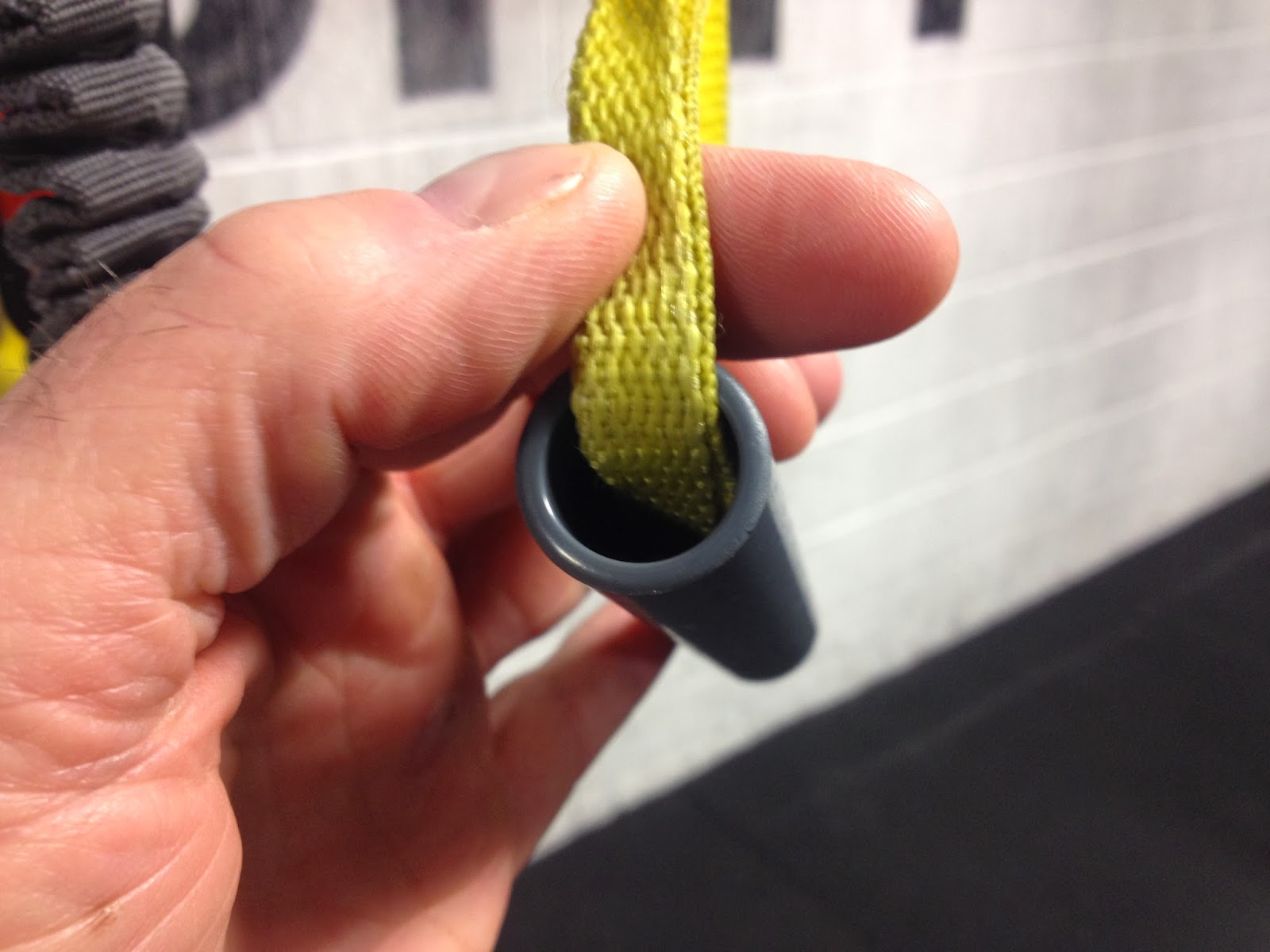Pretty much all my Fab Shop work has ceased due to a major renovation project. My wife's parents left us a lovely house on the shores of beautiful Bear Lake out here in Utah when they passed. We've been taking care of it for them for the last five or six years, and it's been like being in a time capsule. Every time we came up to the house it brought back wonderful memories of her folks, and I think this is just what she needed at the time.
In the last few years she began hinting that it might be time to make some changes, and make the place our own. On the other hand, neither of use wanted to lose the sense of nostalgia that the house has for both of us. Together we laid out a plan to update the house tructurally and rearrange the floorplan to make the house more liveable, but to also preserve the soul of the house so that we wouldn't lose the memories we made there with our folks and our children. We're now just about done. I'll post some before and after photos in my next entry.
Guns - very large guns
My son is a big Destiny fan. He recently sent me a link to the Destiny STL Generator, which is a cool site that lets you create STL files from any of the game's item models. I had already found a 3D model of the Mk 44 Duke Hand Cannon, and he asked me if I would print him a copy of the Thorn pistol from the game. Challenge accepted! I tinkered with the models a bit to slice them into printable pieces (the original models don't accommodate very well). Then I printed them out:
The Duke Mk 44 Hand Cannon
The Duke alongside the much larger Thorn
I'm in the process of doing the prep work to turn them into master models for molding and reproduction. I'll post some photos of the finished replicas soon.
On a final note, Colossus got another upgrade! I've added a second extruder to enable me to print in multiple colors or to use water soluble PVA for skirt and support material. Here he is now:
The Makergear folks have done a wonderful job with the second extruder, although I'm still experimenting with the gcode to get wipes and tool changes just right.


























